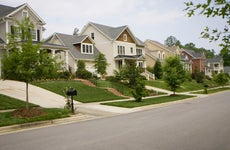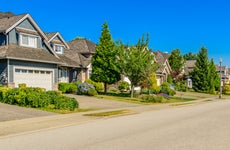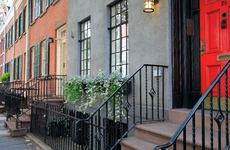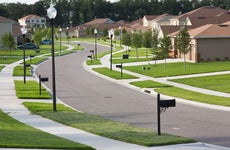What is a master-planned community?
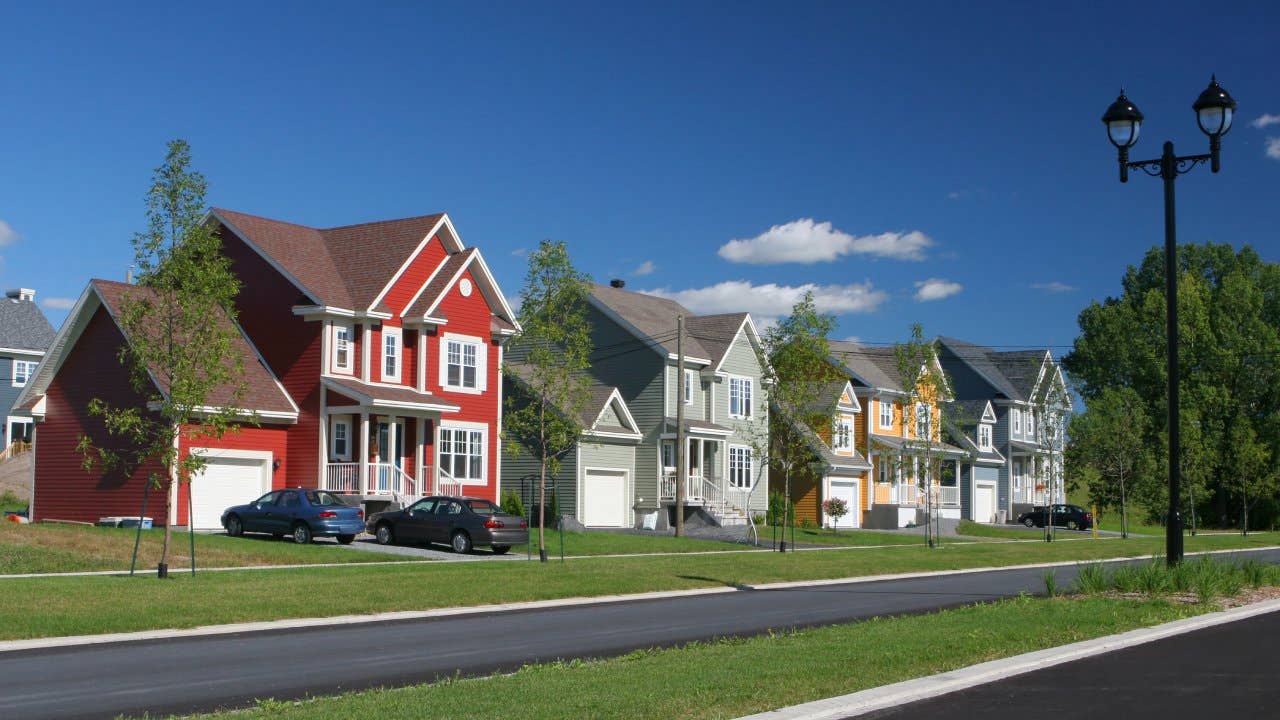
The Bankrate promise
At Bankrate we strive to help you make smarter financial decisions. While we adhere to strict , this post may contain references to products from our partners. Here's an explanation for .
Master-planned communities, frequently referred to as MPCs, are large, custom-built residential communities. They are typically built by a single developer and include plenty of recreational amenities for residents. Since first taking off in the U.S. in the 1960s, MPCs have been gaining steam. If you’re considering buying a home in one of these unique developments, here’s what you need to know.
What is a master-planned community?
Master-planned communities are large-scale, mixed-use residential developments with robust, curated amenities that aim to give residents the experience of living in a self-contained town. Amenities can include parks, playgrounds, swimming pools, tennis courts, golf courses and more. Some also offer commercial enterprises, like stores and restaurants, and the biggest ones may even have their own schools.
These communities are sometimes known as green towns, garden cities, new towns or neo-traditional communities. Many, but not all, cater specifically to retirees.
Characteristics of typical master-planned communities
More often than not, these developments are on the edges of urban centers, within commuting distance of a big city but far enough out to feel a world away. Included amenities are typically restricted to residents and their guests.
Some master-planned communities are built specifically for the over-55-years-old demographic, but there are plenty that accommodate and even cater to families. Long-term management is usually handled either by a designated management company or a homeowners association (HOA).
The average master-planned community is large and spread out, built on more than 2,500 acres of land. They can contain as few as 100 homes or upwards of 50,000, but they all share the goal of being districts where residential properties and commercial enterprises fuse into a unified whole. As such, they are generally the product of one developer. But it is not uncommon for the developer of a master-planned community to invite several different builders to design and construct sections within the community. The variation in structure sizes, styles and pricing helps give these communities a diverse yet cohesive look and feel.
Identifying the first master-planned community is a topic of debate. Some people cite the garden city movement of Victorian England, while others argue that it goes all the way back to ancient Greece. Regardless of their history, the impetus for building them frequently reflects a desire to create a safe, healthy and inspiring place to live.
Examples of master-planned communities
Many MPCs are located across the South, taking advantage of the milder weather. But there are master-planned communities all over the country (and, in fact, all over the world). Here are some of the largest and most popular.
Reston Association; Reston, Virginia
Considered the first of the modern-day master-planned communities, Reston was intended to set post-war suburban America on its head. Developed in 1964, the community was founded on the belief that quality of life was of the utmost importance, and that people of all income levels deserved to live and work somewhere beautiful, harmonious and unique.
Reston includes more than 1,300 acres of forests, meadows and lakes, with 55 miles of pathways for walking and biking threaded throughout. Add to this bridle paths, golf courses, baseball diamonds, tennis courts, swimming pools, a movie theater, a thriving shopping district and more, and it’s easy to understand why the community is still going strong.
The Sea Ranch Association; Sonoma County, California
Set on bluffs overlooking the Pacific Ocean, Sea Ranch has more than 2,000 homes on 2,200 acres. It has captivated the public imagination ever since it was first developed in the 1960s, with simple timber-frame structures thoughtfully sited throughout the striking natural landscape. The community remains a potent touchpoint for aesthetes of all stripes.
The Woodlands Township; The Woodlands, Texas
The Woodlands is massive, sitting on 27,000 landscaped acres about a half-hour’s drive north of downtown Houston. It boasts a 200-acre lake and multiple golf courses. The community even has its own trolley system to shuttle the more than 100,000 residents between boathouses, restaurant and shopping districts, and arts and entertainment venues.
Serenbe; Chattahoochee Hills, Georgia
Just 30 miles south of downtown Atlanta, Serenbe encompasses hundreds of homes across several different hamlets. The community was founded in 2004 on the notion that in a healthy community, residents are intimately engaged with the land. At its heart is an enormous organic farm, with a thriving CSA program and regular farmers markets. Shops and restaurants here take wellness as their guiding principle, too. Other amenities include stables, a swim club, tennis courts, a lake for paddle boarding and canoeing, a spa, miles of hiking trails and more.
Bottom line
Life in a master-planned community isn’t for everyone, particularly if you prefer big cities over suburban life. But thanks to the variety of desirable amenities they usually offer, their popularity is growing rapidly. Keep an eye out for Cotino, a 1,900-unit “Storyliving by Disney” community that Disney is currently developing in Rancho Mirage, California.
Related Articles
